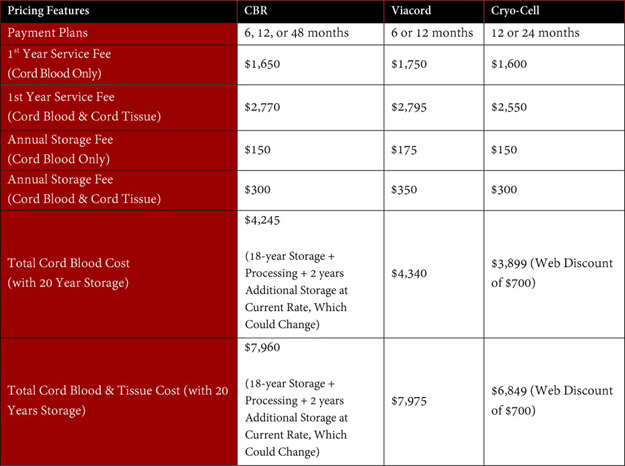Cord Blood Banking:
Cord Blood Collection:
Cord blood is the blood collected from the umbilical twine and placenta after childbirth.
The assortment process is non-invasive and occurs after the child is born and the umbilical cord is clamped and minimize.
Processing and Storage:
The collected wire blood is processed to isolate and store the stem cells it incorporates.
Cord blood incorporates hematopoietic stem cells, which might develop into numerous blood cells and are used in the therapy of sure ailments like leukemia and other blood disorders.
The processed wire blood is then cryogenically preserved and stored in specialised amenities for long-term storage.
Medical Applications:
Cord blood stem cells can be used in hematopoietic stem cell transplantation, significantly for patients with sure genetic problems, cancers, and blood-related illnesses.
Private vs. Public Cord Blood Banks:
Private twine blood banks retailer cord blood for the exclusive use of the baby and their household.
Public wire blood banks collect and retailer twine blood for public use, making it obtainable to anybody in want.
Tissue Banking:
Tissue banking entails the collection and preservation of various tissues for potential medical use. This can embrace:
Sperm and Egg Banking:
Sperm and egg banks store reproductive cells for fertility preservation.
Individuals facing medical treatments that may impact their fertility, such as chemotherapy, may select to financial institution sperm or eggs for future use.
Bone and Connective Tissue Banking:
Bone and connective tissues, corresponding to tendons and ligaments, can be harvested from donors and preserved for use in orthopedic and reconstructive surgical procedures.
Cornea and Eye Tissue Banking:
The corneas of deceased donors may be preserved and used for corneal transplants to revive vision.
Skin Tissue Banking:
Skin tissue could be donated, processed, and saved for use in grafts for burn victims or people with severe pores and skin accidents.
Heart Valve Banking:
Heart valves can be recovered from donors and preserved for use in valve substitute surgical procedures.

Umbilical Cord Tissue Banking:
In addition to twine blood, the tissue from the umbilical cord itself accommodates a different kind of stem cell. This tissue might have potential therapeutic functions and can additionally be being banked by some amenities.
cord blood registry Thornhill Ontario banking and tissue banking present useful assets for medical therapies, research, and future therapies. They provide choices for individuals and households to protect biological materials which will have medical significance down the road, whether or not for their very own use or for the benefit of others in need..
